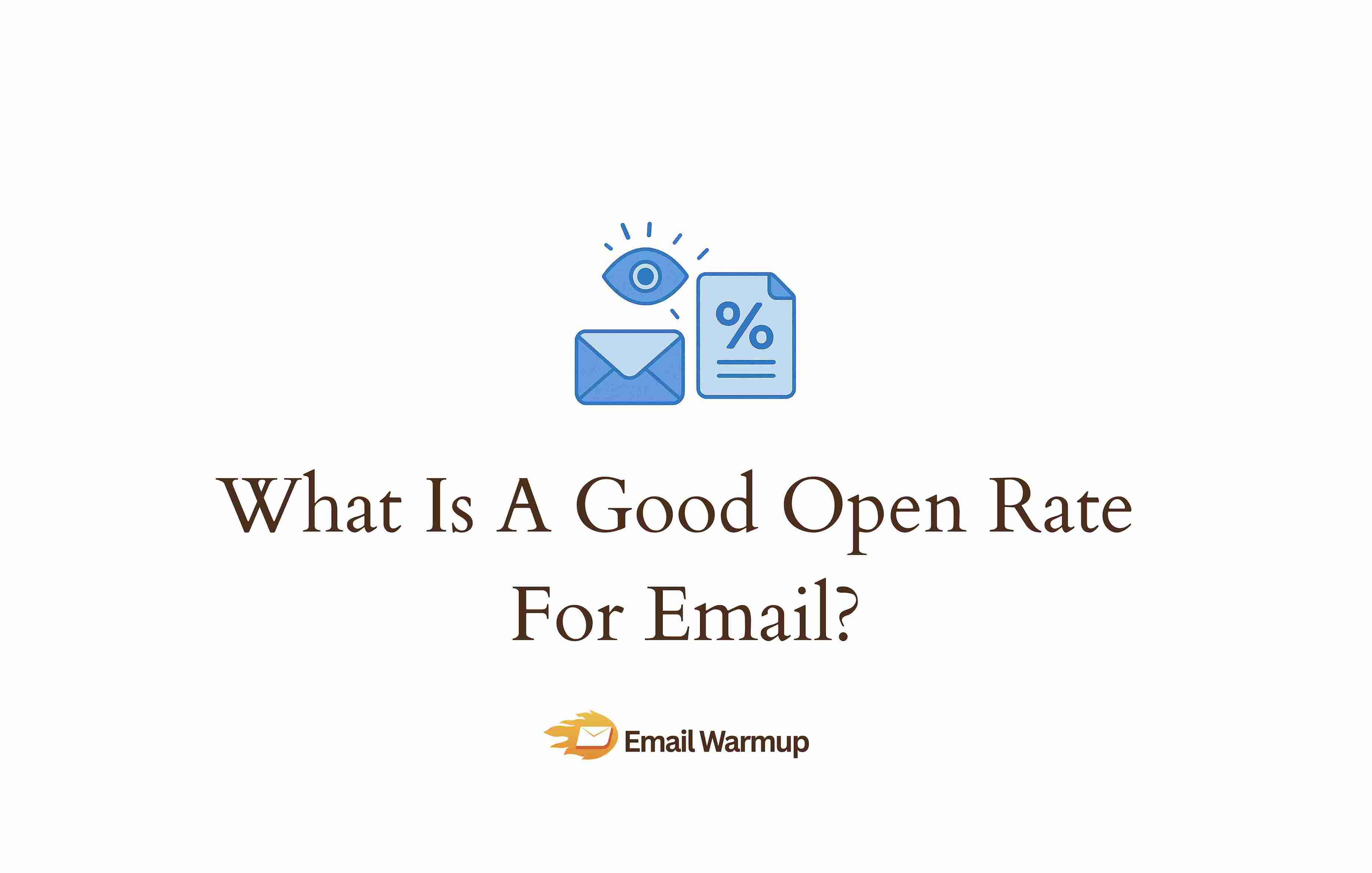
A good email open rate falls between 17% and 28%. But that information is really incomplete without understanding your specific situation, because of a phrase marketers hate to hear (but is true in many cases):
“It depends…”
No worries. As an email marketing consultant who has worked with brands of all shapes and sizes, I’ve curated this guide, covering:
- What is a good open rate for email (generally)?
- How industry and relationship type completely change what “good” means
- How to increase your open rate?
Let’s dive in and explore:
TLDR: Quick skim — Open rate for email
Here’s a basic overview of what we’re going to cover in this article:
| Context | Good open rate | Main factor |
| Overall average | 21.33% to 42.53% | Varies by industry and device mix |
| General target | 17% to 28% | Baseline for most email types |
| B2B cold outreach | 15% to 25% | Targeting quality drives everything |
| E-commerce | 25% to 35% | Customer relationship matters most |
| SaaS updates | 30% to 40% | Existing users engage more |
| Newsletters | 20% to 30% | List health determines performance |
What actually counts as a “good” open rate for email?
You calculate the open rate for email as:
(Unique opens ÷ delivered emails) × 100.
Simple math, yet complicated interpretation.
HubSpot pegs the 2025 average at 42%, though they warn against taking it literally (HubSpot, 2025). Mailchimp suggests targeting 34% with a range from 27% to 41% (Mailchimp, 2024). That gap exists because these platforms serve wildly different audiences.
Apple’s Mail Privacy Protection has completely messed with these numbers since 2021. The feature prefetches email images even when people never actually read your message. Over 50% of opens now happen on MPP-enabled Apple clients (Litmus, 2024). So if your audience uses iPhones heavily, your open rate will look artificially high compared to someone emailing mostly Gmail users.
Industry averages for desirable open rates for email
Here’s a list of industry average “good” open rates for email:
| Industry | Average rate | Why |
| Nonprofits | 25-28% | People actively want updates from causes they support |
| Healthcare | 21-24% | Appointment reminders and patient communications |
| E-commerce | 27-32% | Purchase relationships create trust |
| B2B SaaS | 18-24% | Crowded inboxes full of competing messages |
| Financial | 22-26% | Transactional needs boost engagement |
You see how your industry changes everything about what “good” looks like?
Relationship temperature
We often use temperature to gauge how easy it is to persuade a prospect to take an action (for example, in sales) in marketing — the hotter, the better. That understanding applies to email open rates, too:
Cold prospects (strangers) open 15-25% of messages because you’re interrupting their day without permission. Meanwhile, warm leads who’ve engaged before hit 25-35%. Why? They know who you are and have shown interest.
Existing customers reach 40%+ because trust already exists — they’ve bought from you and want to stay connected.
Now, you can’t compare these groups. A 20% open rate on cold outreach means you’re killing it. The same 20% from existing customers signals serious problems.
Campaign type
Different email types have completely different expectations.
Transactional emails (order confirmations, password resets, shipping updates) should hit 80-90%. People need this information. Low open rates here indicate serious deliverability problems.
Nurture sequences to subscribers should reach 25-35%. These people signed up to hear from you. A score below 25% means your content doesn’t match what they expected.
Cold outreach to new contacts sits at 15-22%. Breaking 20% means your targeting and messaging work.
Why is your open rate poor? (That’s usually the case if you stumbled on this article.)
Most people blame subject lines when deeper problems exist. Here’s what’s actually wrong.
Your emails never reach inboxes
If 40% of your emails land in spam, your open rate tanks regardless of subject line quality. You can’t open what you never see.
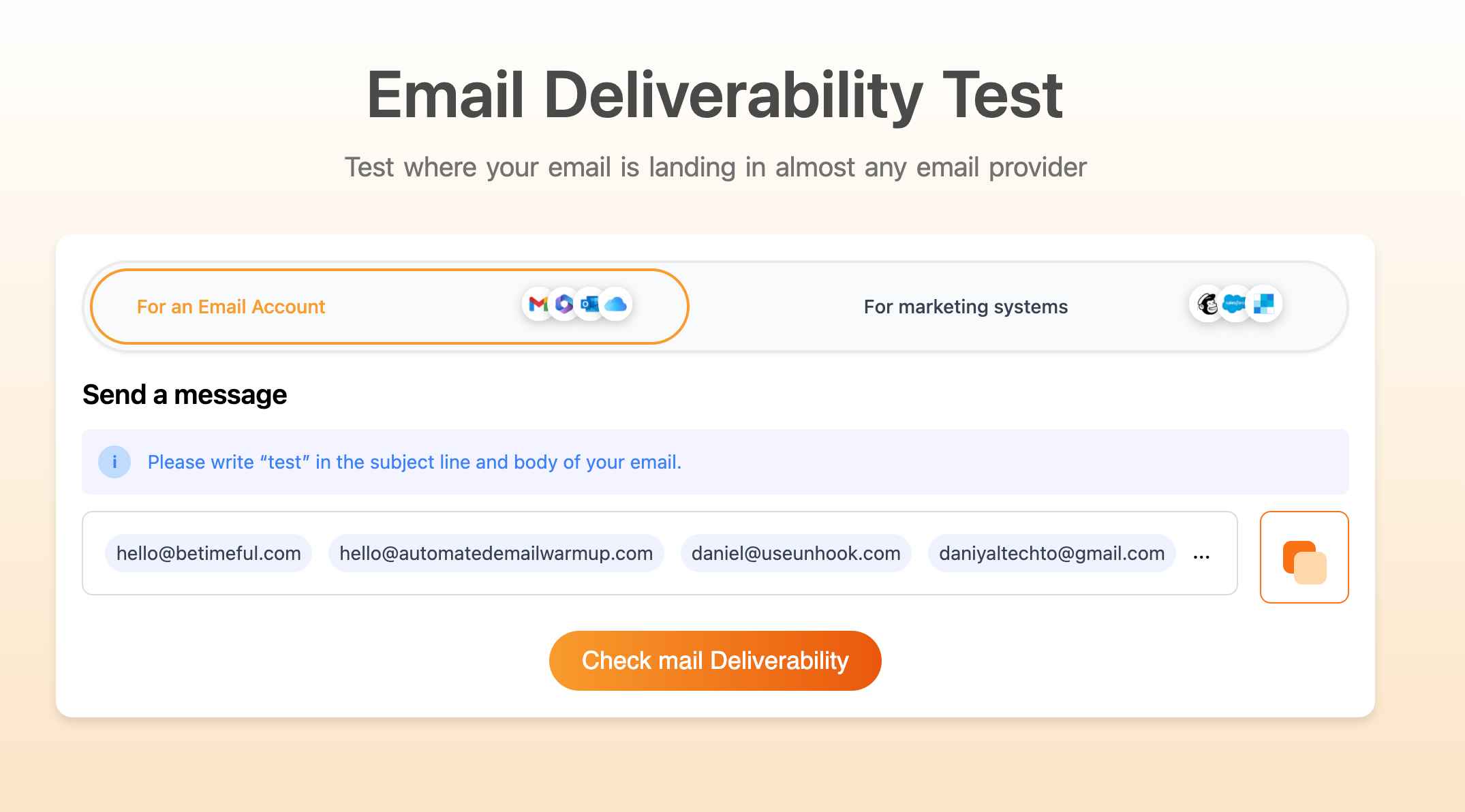
Inbox placement rate matters more than open rate because it measures whether emails reach inboxes at all (Validity, 2024). Running an email deliverability test shows exactly where your emails land across 50+ providers.
Most people discover that their Gmail deliverability looks fine while Outlook routes everything to junk (or vice versa). You need visibility into what’s actually happening.
Your list is killing you
That subscriber from 2019 who hasn’t opened anything in 18 months is exactly the kind of person destroying your sender reputation and dragging down your average.
Email providers watch engagement across your entire list. Sending to unengaged contacts damages your reputation and pushes more of your emails into spam folders (even the ones going to active subscribers).
So what you’ve got to do is remove these immediately:
- Contacts inactive for 6+ months
- Purchased or scraped addresses
- Addresses that repeatedly bounce
- Role-based emails (info@, support@)
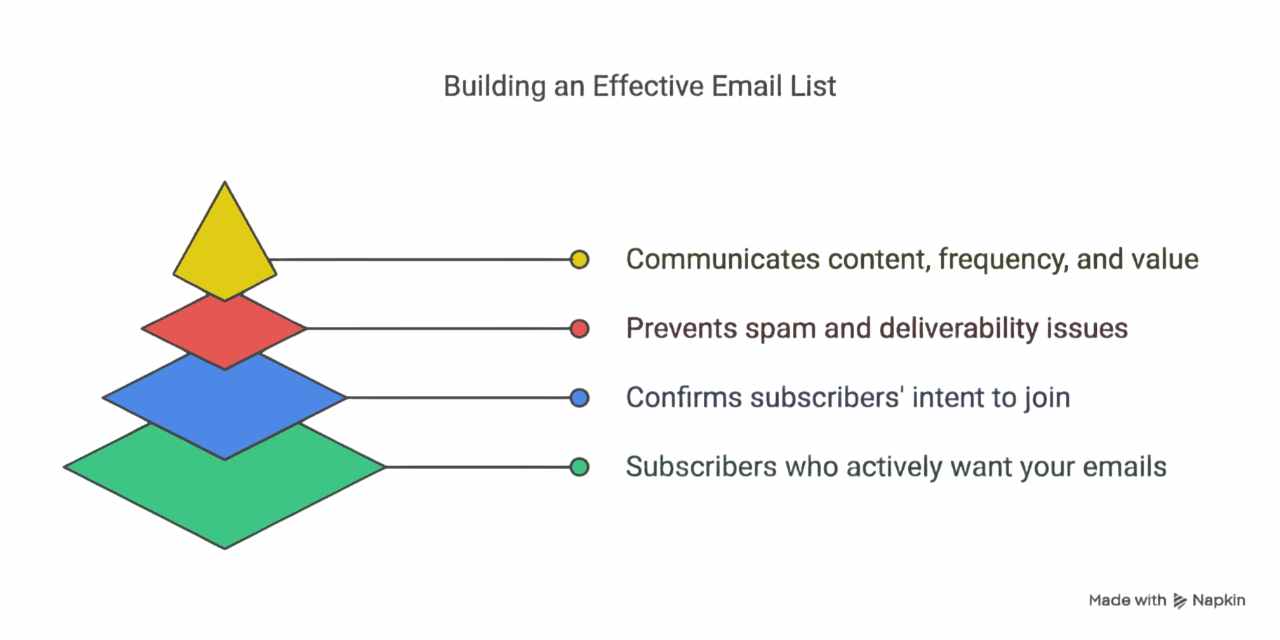
Remember that quality beats quantity. A list of 5,000 engaged subscribers generates more revenue than 20,000 contacts who ignore everything.
Your sender reputation is damaged
Gmail and Yahoo now require bulk senders to keep spam complaints below 0.3% (Gmail recommends staying under 0.1%). That means no more than one spam report per 1,000 emails (Google, 2024). Your reputation drops when you:
- Email people who never consented
- Send from new domains without warmup
- Hit spam traps (fake addresses that catch spammers)
- Spike volume suddenly (100 to 10,000 emails overnight)
Reputation repairs take months, and that’s why prevention always beats cleanup.
Authentication is missing or broken
SPF, DKIM, and DMARC prove you’re actually who you claim to be.
Without them, providers assume you might be impersonating someone (Google, 2024). Proper setup can boost inbox placement by 20-40 percentage points. Most people have these configured incorrectly or not at all.
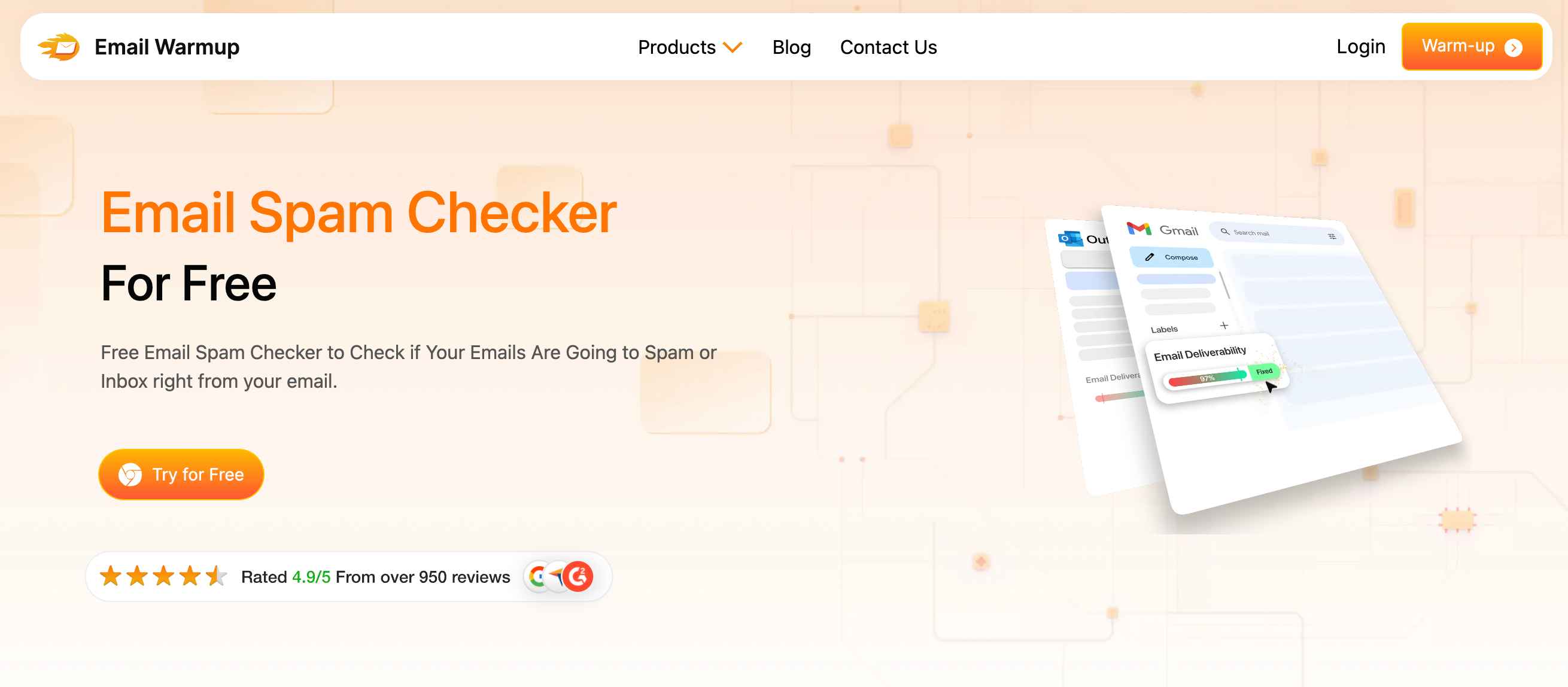
Use our email spam checker to verify your authentication status in real-time.
Timing and frequency are wrong
B2B emails at 2 AM Sunday get buried under Monday morning overflow. Similarly, e-commerce promotions during work hours reach people who can’t shop right then. Your timing matters more than you think.
Moreover, if you send too often, people tune out. If you send too rarely and they forget they subscribed, then they will mark you as spam when you suddenly reappear. The frequency is as important as the timing. Most businesses succeed with weekly to biweekly cadences.
How do you improve your open rate?
If your subject lines are awesome (which they usually are if you have a good copywriter by your side), most problems may stem from deliverability and list health (not your creative). Here are some fixes:
1. Set up authentication correctly
SPF, DKIM, and DMARC are non-negotiable for reaching inboxes (Google, 2024). These protocols verify your identity and prevent spoofing. Your IT team or ESP can handle setup. You just need to verify it’s done correctly and monitor it to stay that way.
2. Segment by engagement level
Create three lists based on recent behavior:
- Highly engaged (opened 3+ of last 5 emails)
- Moderately engaged (opened 1-2 of last 5)
- Unengaged (opened 0 of last 5)
Send your strongest content to highly engaged subscribers first. Test different approaches with moderately engaged contacts. Run a re-engagement campaign for unengaged subscribers, then remove anyone who still doesn’t respond (they’re dead weight).
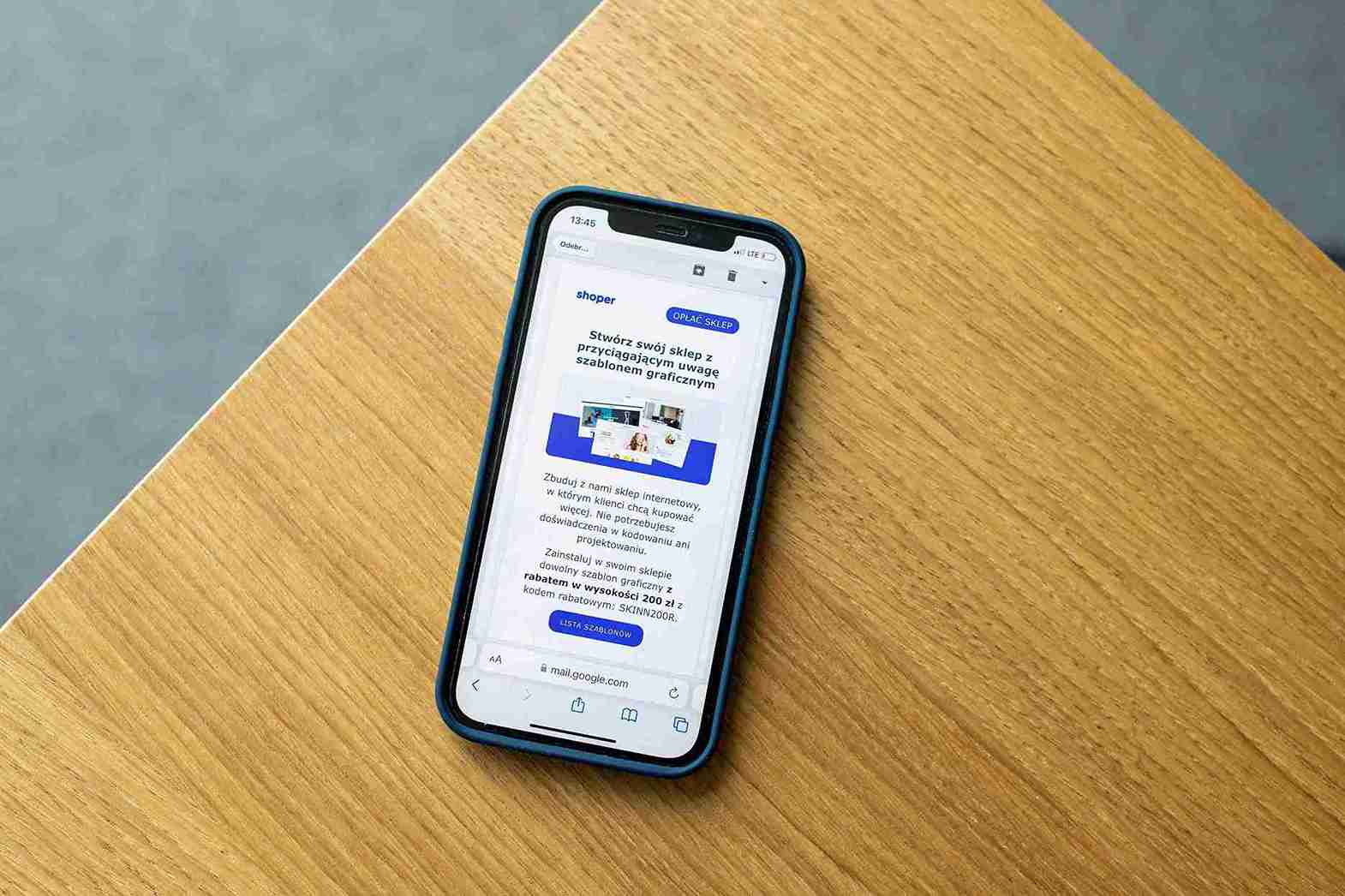
Prioritizing engaged recipients protects your sender reputation instead of treating everyone equally (which actually punishes your best subscribers).
3. Test subject lines systematically
Random A/B testing teaches nothing useful. Test one variable at a time so you actually learn something:
| Test variable | Example A | Example B | What you learn |
| Length | “Open rates explained” (3 words) | “How to understand your email open rates” (7 words) | Does your audience prefer brevity or context? |
| Format | “Can you improve your open rate?” (question) | “Improve your open rate today” (statement) | Do questions create more curiosity? |
| Specificity | “Boost open rates significantly” (vague) | “Boost open rates 23%” (specific) | Do concrete numbers increase trust? |
Run each test with 1,000+ recipients per variation for statistical significance. Track patterns that consistently win. Apply learnings to future campaigns (not just once).
Warm up properly for cold outreach
Sending 1,000 emails on day one from a fresh domain destroys your email deliverability. Providers see sudden volume from unknown senders as suspicious (Google, 2024).
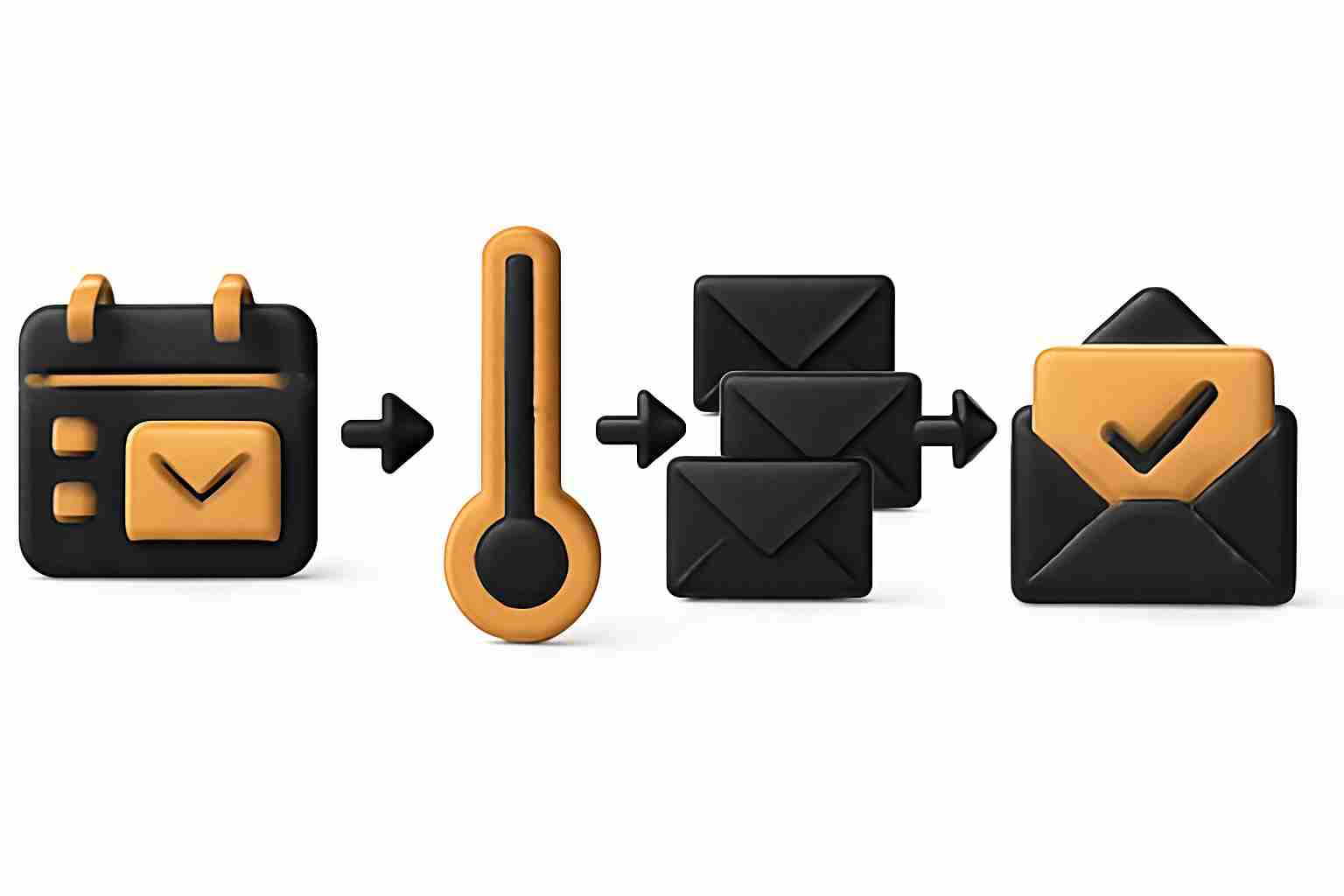
Proper email warmup means:
- Start with 10-20 emails daily
- Increase volume by 15-20% each day
- Maintain consistent patterns
- Generate positive engagement
Most businesses need 2-4 weeks before running full campaigns from new addresses (rushing this step ruins everything).
Clean your list quarterly
Remove bounced addresses immediately. Suppress anyone inactive for six months and re-verify quarterly to catch dormant addresses. You can use an email validation API to help you out with this.
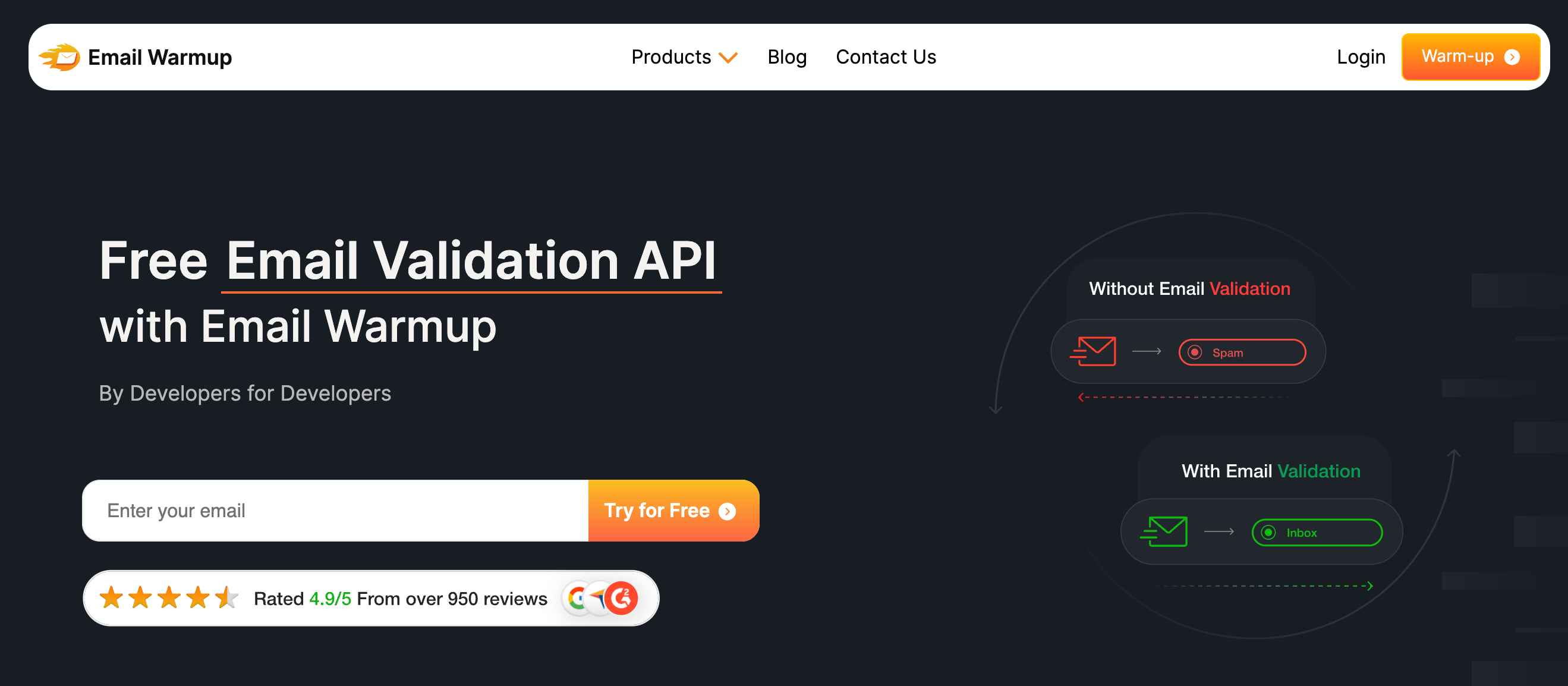
Don’t worry and stress it out. You’re deleting potential customers (which feels wrong), but cleaning works because engaged subscribers drive revenue while dead contacts destroy reputation. A clean list of 5,000 beats a dirty list of 20,000 every time.
When should you worry about your open rate?
A single campaign hitting 12% isn’t a crisis. Check trends across multiple sends.
Worry when you see:
- High opens but zero clicks
- Consistent month-over-month declines
- Sudden 30%+ drops between campaigns
- Open rates 10+ points below industry average
An email with 15% opens and 8% clicks outperforms one with 35% opens but 1% clicks. Revenue per email matters more than opens.
What if you could stop guessing and actually see what works?
Most businesses obsess over creative elements — subject lines, design, copy — while completely ignoring whether emails reach inboxes at all. You could write the perfect campaign and still get zero opens simply because it never passed spam filters.
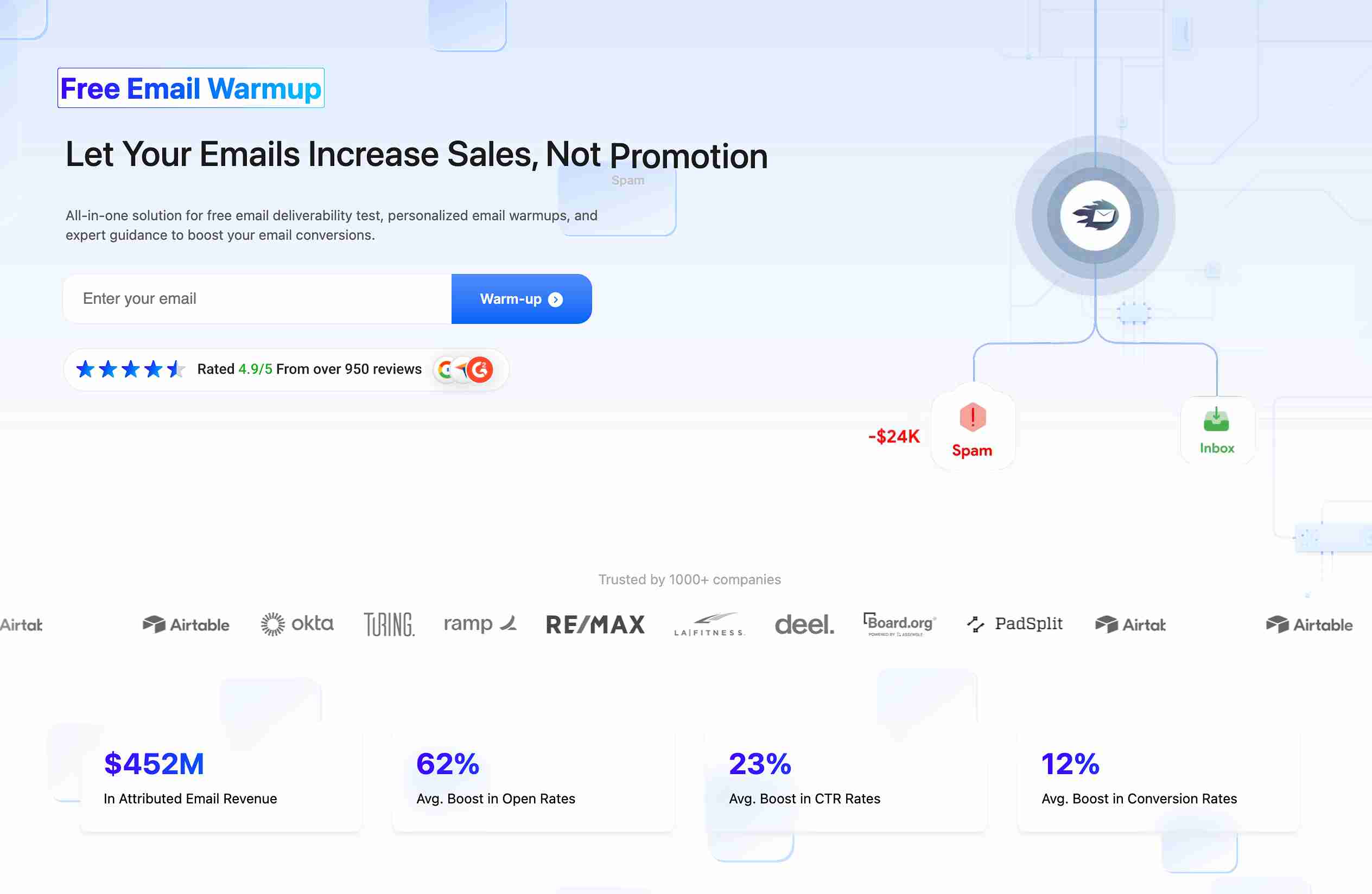
EmailWarmup.com changes everything, offering:
- Personalized email warmup matching your actual sending patterns (not generic templates)
- Real-time visibility across 50+ mailbox providers (know immediately when deliverability drops)
- Expert guidance on authentication and email reputation (without $200+/hour consultant fees)
- Free unlimited testing (others charge $25-$85 monthly for basic checks)
We can set everything up right away. Want to know how?
Schedule your consultation call
Frequently asked questions
Here are some commonly asked questions about what a “good” open rate for email is:
Cold B2B emails average 15-22%. Anything above 20% means your targeting and messaging work well. Cold B2C emails typically perform slightly better (18-25%) when targeting is relevant, though they face similar trust barriers.
Apple’s Mail Privacy Protection inflates open rates by 5-15 percentage points because it prefetches email images (registering as an “open” even when people never read the message). Apple clients now represent roughly 46% of all email opens (Litmus, 2025). Focus on clicks and replies for more accurate engagement measurement.
B2B SaaS sees 30-40% for customer product updates, 20-28% for newsletters, and 15-22% for cold prospect outreach. Customer emails should consistently outperform cold outreach by 10-15 percentage points since trust already exists.
Yes. Tuesday through Thursday typically show 10-15% higher B2B open rates because people are settled into their work week. Monday emails get buried in weekend backlog. Friday emails get ignored until the following week (by which time they’re buried under newer messages).
Unique open rate counts each person once, regardless of how many times they open the email. Total open rate counts every single open, so one person opening three times registers as three opens. Always track unique opens for accurate measurement.
Warmup improves deliverability (getting to the inbox), which directly impacts open rates. If 40% of your emails currently land in spam, proper warmup can improve inbox placement to 85-98%. That effectively doubles your visible open rate without changing your content.
Technical fixes (authentication setup, proper warmup) show results within 2-4 weeks. List cleaning and segmentation improve your next campaign’s rates immediately. Subject line optimization requires 6-8 tests over 4-6 weeks to identify consistent patterns for your audience.
Gmail requires bulk senders to keep spam complaints below 0.3% (ideally below 0.1%). That means no more than one spam report per 1,000 emails sent (Google, 2024). Exceeding this threshold damages your sender reputation and inbox placement across all providers.
References
- GetResponse. (2024). Email marketing benchmarks & statistics. GetResponse.
- Google. (2024). Email sender guidelines. Google Workspace Admin Help.
- HubSpot. (2025). Email open rates by industry & other top marketing stats. HubSpot Blog.
- Litmus. (2024). Apple’s Mail Privacy Protection knowledge center. Litmus.
- Litmus. (2025). Email client market share and popularity. Litmus.
- Mailchimp. (2024). Email marketing benchmarks & industry statistics. Mailchimp.
- Validity. (2024). The state of email in 2024: Keeping ahead of the curve. Validity.


